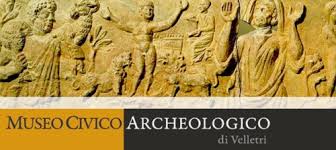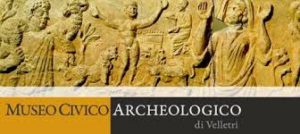The first museum was opened in 1920 under the guidance of engineer Oreste Nardini, Honorary Inspector of Antiques & Fine Art for Velletri. From the 50s onwards the structure had been closed several times, until 1992. The restoration work finished in 2001 has been improved by the addition of a specialized library, a restoration workshop, two storerooms, a conference room and several offices.
The introduction of new methods in gathering and displaying exhibits have made Civic Museums a cultural point able to offer a fascinating and interactive journey through history.
The Museo Archeologico Oreste Nardini includes almost four hundred artefacts ranging from the Proto-history to the Medieval period among which are bronzes, epigraphs, sculptures, ceramic objects, sarcophaguses, like the Sarcofago delle Fatiche di Ercole (sarcophagus of the Labours of Hercules) from the 2nd century AD, also known as the Sarcofago di Velletri, La Lastra dell’Orante (Prayers’ Slab) of the 4th century AD with scenes from the Old and New testament, and the so-called Terrecotte Volsche (Volsian Slabs), terracotta slabs discovered in 1910 in the area of the Chiesa delle S.S. Stimmate.
The Museo di Geopaleontologia e Preistoria dei Colli Albani is divided into five sections (geology, palaeontology, anthropology, prehistory and proto-history) and explains the origins and development of the territory. On display are materials, fossils, proto-historic ceramics and everyday utensils side by side with staged settings, dioramas, explanation panels and films.
Both the Civic Museums and the Diocesan Museum are part of Velletri’s Museum Network.


 Visit Castelli Romani
Visit Castelli Romani 


